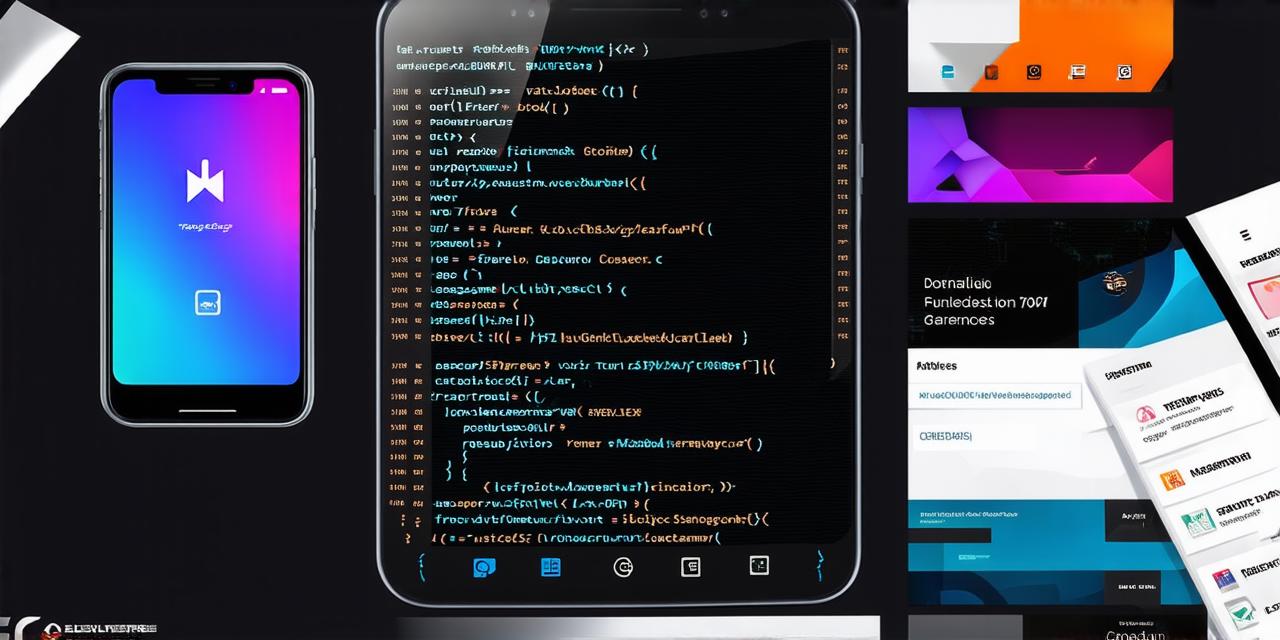What is needed to develop a mobile app?
Are you an app developer looking to create a mobile application that will captivate and engage your users? If so, you’ve come to the right place. In this comprehensive guide, we’ll explore what is needed to develop a mobile app, from the initial concept to the final launch and beyond. Whether you’re just starting out or an experienced app developer, you’ll find valuable insights and practical tips that will help you succeed in the fast-paced world of mobile app development.
The Importance of Defining Your App Concept
Before you start developing your mobile app, it’s essential to have a clear understanding of what your app should accomplish. This means defining your app concept and identifying its unique selling proposition (USP). What problem does your app solve? Who is your target audience? What features and functionalities will differentiate your app from the competition? These are all critical questions that you need to answer before you begin development.
The Role of User Research in App Development
User research plays a vital role in mobile app development. It involves gathering insights about your target audience, understanding their needs and preferences, and identifying potential pain points. This information is then used to inform the design and development of your app.
There are several methods that you can use to conduct user research, including:

- Surveys and interviews
- Focus groups
- User testing
- Competitor analysis
By conducting user research, you’ll gain a deeper understanding of your target audience and be better equipped to create an app that meets their needs and expectations.
The Importance of App Design in Mobile App Development
App design is another critical aspect of mobile app development. Your app should not only be functional but also visually appealing and user-friendly. Good app design can help to increase user engagement, improve the overall user experience (UX), and ultimately lead to higher conversion rates.
There are several key elements of app design that you need to consider when developing your mobile app:
- User interface (UI) design
- Iconography and branding
- Navigation and usability
- Accessibility and inclusion
By focusing on these key elements, you’ll create an app that not only looks great but is also easy to use and navigate.
The Role of Development Tools and Frameworks in App Development
Development tools and frameworks are essential for mobile app development. They provide a set of pre-built components and functionalities that you can use to develop your app more quickly and efficiently.
Some popular development tools and frameworks include:
- React Native
- Xamarin
- Flutter
- Ionic
By using these tools and frameworks, you’ll be able to create a high-quality mobile app with less code than you would if you were building it from scratch.
The Importance of Testing in App Development
Testing is an essential part of the app development process. It involves identifying and fixing bugs, improving performance, and ensuring that your app meets the needs and expectations of your target audience. There are several types of testing that you can use when developing your mobile app, including:
- Unit testing
- Instrumentation testing
- Integration testing
- Acceptance testing
By thoroughly testing your app before launch, you’ll be able to create a high-quality product that is free from major bugs and issues.
The Role of Marketing in App Development
Marketing plays a vital role in the success of mobile apps. Without effective marketing, even the best apps may struggle to attract and retain users. Some key elements of app marketing include:
- App store optimization (ASO)
- Social media marketing
- Influencer marketing
- Content marketing
By using these tactics, you’ll be able to increase visibility and downloads of your app, as well as engage with your target audience and build a strong brand.
Case Study: Developing a Successful Mobile App
Now that we’ve covered the key elements of mobile app development let’s take a look at a real-life example of how these elements come together to create a successful mobile app.
One great example of a successful mobile app is Uber, which was launched in 2010. At its launch, Uber focused on providing a seamless and user-friendly experience for riders, with features such as real-time tracking and in-app payment. They also conducted extensive user research to understand the needs and preferences of their target audience, which helped them to create an app that met those needs.
FAQs
Uber’s success can be attributed to several key factors:
- Effective marketing, including targeted ads and partnerships with hotels and other businesses
- A strong brand identity, with a distinctive logo and color scheme
- A focus on user experience, with features such as real-time tracking and in-app payment
- The use of development tools and frameworks, such as React Native, to speed up development and improve performance
By following these key principles, Uber was able to create an app that not only met the needs of its target audience but also disrupted the entire taxi industry.
FAQs
Here are some frequently asked questions about mobile app development:
- What is the most important aspect of mobile app development?
- What are some common mistakes made during app development?
- What are some popular development tools and frameworks for mobile app development?
- What are some key elements of app design that you should consider when developing your mobile app?
- What are some common marketing tactics used to promote mobile apps?
